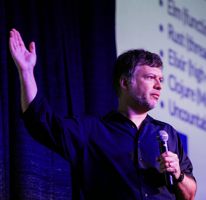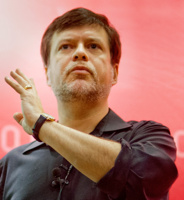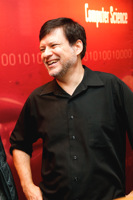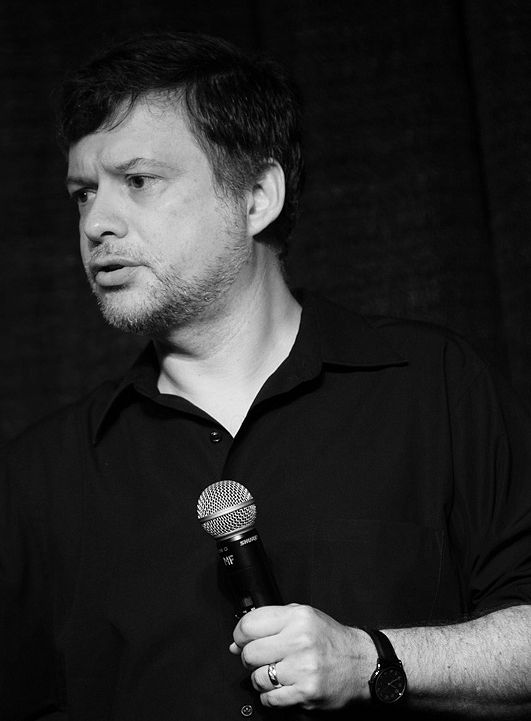Toolshed Technologies
Andy Hunt
Musician, Author, Programmer
Fixing the Stress of Designing, Forecasting, or Planning
—Andy Hunt
07/09/2017
I came across this quote the other day:
“Don’t think about it, just do it. Most of your stress is in your thinking about what you have to do, but if you just do it you find the doing is easy. It’s the thinking that’s hard.”—Ajahn Brahm
Excellent sentiment, but not quite right. It’s not the thinking per se that’s hard, as the end of the quote suggests. Instead the really hard part identified here is the imagination required—when we feel we have to fabricate imagined feedback, an imagined future, out of thin air.
We humans are awful at predicting, in general. We simply get the answer wrong most of the time, and very often get the question wrong as well (see BlackSwan, PredictablyIrrational, et al). That’s why trying to design for unknown conditions in the future is so hard, or trying to forecast or plan far into the future. As a species, we aren’t very good at predicting.
The oft-cited Chaos report on Software Development has always seemed to indicate a “software crisis” in progress. Most projects are late and don’t deliver the features required. But late as measured by what? Underfeatured compared to what? What are we actually measuring against, and is it realistic at all
Perhaps the idea of a software development crisis is entirely wrong to begin with. What we’re really seeing is a communications crisis. A “failure to apply feedback” crisis.
Here’s what seems to happen:
- You’re faced with a hard problem
- You don’t know what will work, or what won’t
- Now you try and fortune-tell the results, by having to imagine possible outcomes with almost no data to work with
You can easily get mired in step 3,
There’s an easy fix.
Just do it.
Or at least, try and do it. It doesn’t matter if this is the perfect solution, or even the right solution; it’s an experiment. It will generate data. And that data will inform the next experiment. Now instead of guessing or predicting in a vacuum, you have data. You have an outcome.
Thomas Edison supposed tried 1000 different ways to make a stable, long-lasting incandescent light bulb before discovering a filament that worked. He is famously quoted for noting that those 1000 experiments were not failures, they were 1000 important steps that led to the solution.
Don’t guess in a vacuum.
Because vacuums suck.
Keep up to date with my low-volume newsletter and don't miss another article or fresh idea:


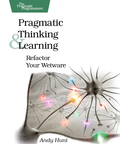
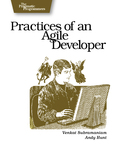
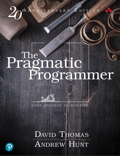
Latest News
-
Greenfield, Brownfield... Blackfield?
July 24, 2024 -
New article: The Limits of Process
January 25, 2022 -
New article: Habits vs. Practices
January 5, 2022 - List All News...
